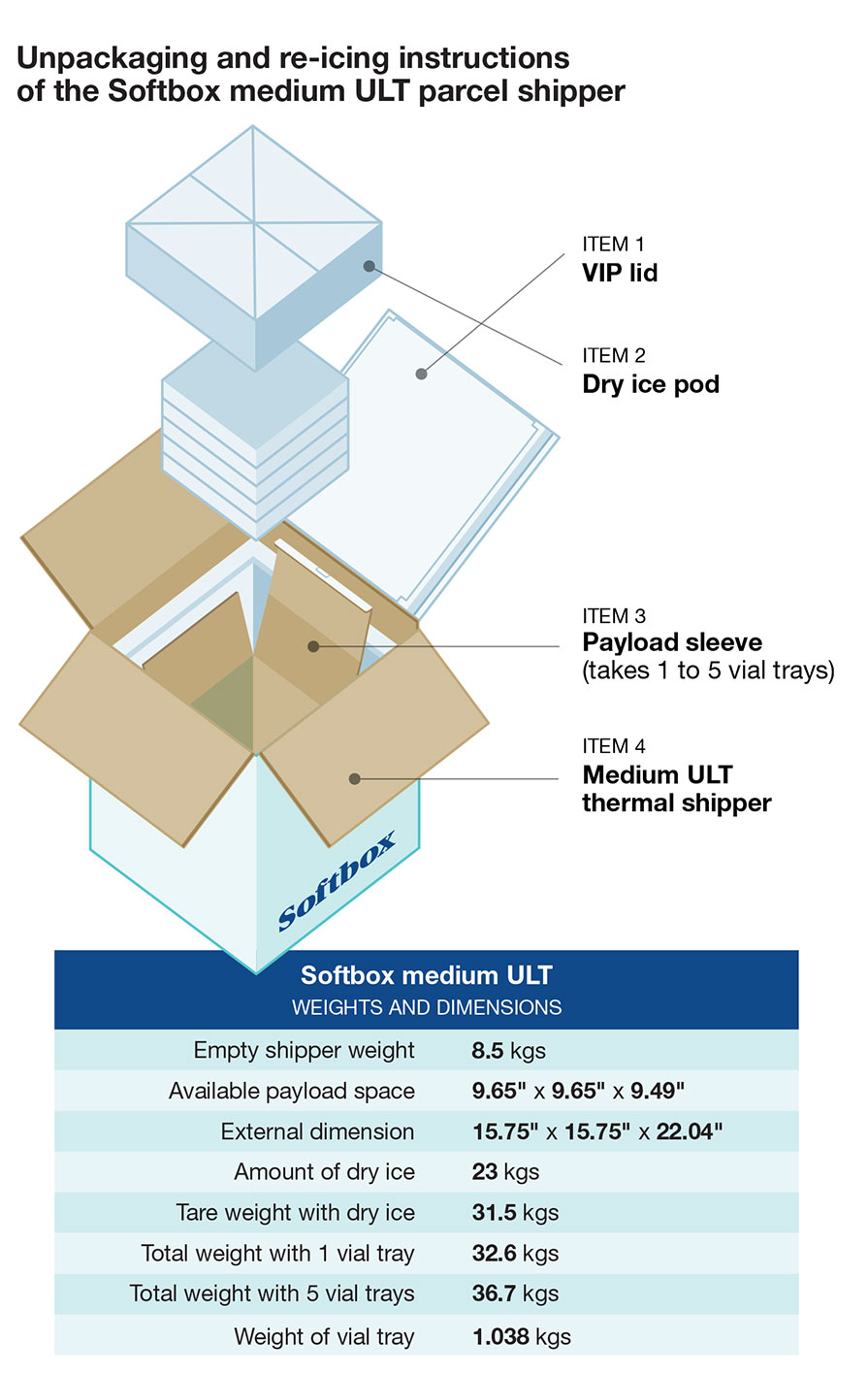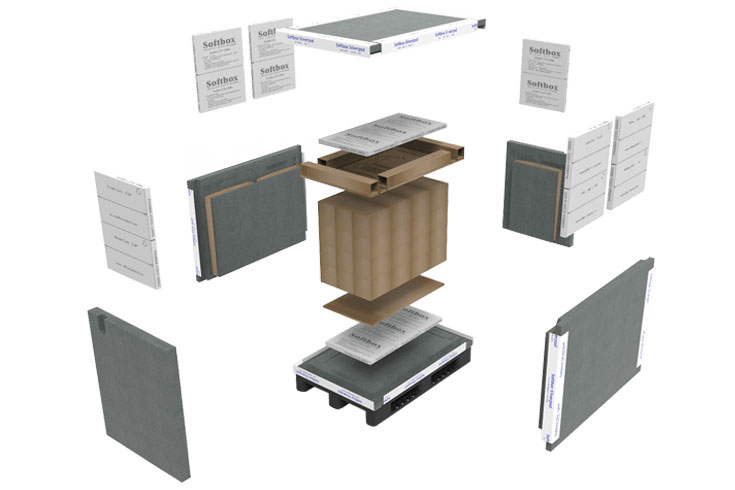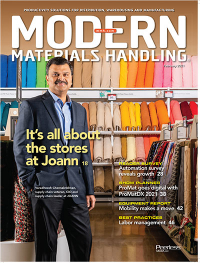Specialty packaging gets Pfizer vaccine to you
The pharmaceutical supplier uses a specialty shipping box to keep vaccines at -80°F for up to 10 days on their way to vaccination centers. It’s a major supply chain packaging victory.
Usually when you hear about Arctic cold, it’s part of the weather forecast (at least in Boston, that is). But starting late last fall, we all heard it in reference to how cold the Pfizer Covid vaccine needed to be kept almost until the moment of use.
So how cold is that? The Pfizer vaccine needs to be kept at -70°F to -80°F across the supply chain. That’s from the time it comes out of special freezers at Pfizer production facilities and until it gets to where it will be injected into arms.
As little attention as most of us pay to the cold chain, we intuitively know it takes extraordinary measures to maintain those temperatures at any point along the way. For that matter, most U.S. hospitals didn’t previously have freezers capable of maintaining such low temperatures. So, many have been purchased of late. And as you probably already suspect, many countries in the world are in no way prepared to keep vaccines that cold.
“The cold chain is going to be one of the most challenging aspects of delivery of this vaccination,” says Amesh Adalja, senior scholar at Johns Hopkins Center for Health Security, to Reuters.
To get that done, Pfizer uses packaging and storage innovations to meet the challenge.
“We have specially designed temperature-controlled thermal shippers utilizing dry ice to maintain recommended storage temperatures for up to 10 days unopened,” according to Pfizer. Once opened, the shippers can be used for temporary storage for as many as 30 days as long as they are re-dry iced every five days.
Those containers are supplied by Softbox, a United Kingdom-based packaging supplier with a U.S. headquarters in Greenville, S.C. These are not off-the-shelf shipping boxes either.
The Softbox medium ULT parcel shipper is a temporary storage box cooled by dry ice. These shipping boxes maintain the temperature requirements for up to 10 days, as Pfizer indicated.
The box design includes what is called a payload sleeve that wraps around one to five trays of vaccine vials. Dry ice is poured into the sleeve between the trays and walls of the sleeve. A dry ice pod is placed on top of that while a lid encloses the super-cooled package. Dry ice, by the way, is solid carbon dioxide at roughly -110°F.
In addition, Pfizer uses “GPS-enabled thermal sensors with a control tower to track the location and temperature of each vaccine shipment across their pre-set routes, 24 hours a day, seven days a week. These GPS-enabled devices will allow Pfizer to proactively prevent unwanted deviations and act before they happen.”
Despite the technology that Pfizer and Softbox apply here every day to get vaccines to us, none of this was a slam dunk. Clive Bryant, global product and marketing director at Softbox, told the publication GSA Business that “the commercialization process, temperature limitations and supply chain slowdowns presented a ‘massive challenge’ to fast-tracking vaccine distribution and storage.”
Enough said about how your vaccine got to you. It’s time for many of us to go get vaccinated. Stay healthy.


Article Topics
Blogs News & Resources
Learn from lift truck service history Two voices of reason on pallet materials 60 Seconds with Bob Trebilcock, outgoing executive editor, Modern Materials Handling The reBound Podcast: How Pitney-Bowes is innovating with autonomous vehicles. Packaging Corner: Be open to change 60 Seconds with Robert Martichenko of American Logistics Aid Network The reBound Podcast: Looking for talent in all the right places: How Essendant is revolutionizing recruitment More BlogsLatest in Materials Handling
Geek+ and System Teknik deploy PopPick solution for pharmacy group Med24.dk Beckhoff USA opens new office in Austin, Texas Manhattan Associates selects TeamViewer as partner for warehouse vision picking ASME Foundation wins grant for technical workforce development The (Not So) Secret Weapons: How Key Cabinets and Asset Management Lockers Are Changing Supply Chain Operations MODEX C-Suite Interview with Harold Vanasse: The perfect blend of automation and sustainability Consultant and industry leader John M. Hill passes on at age 86 More Materials HandlingAbout the Author
Subscribe to Materials Handling Magazine

Find out what the world's most innovative companies are doing to improve productivity in their plants and distribution centers.
Start your FREE subscription today.
April 2024 Modern Materials Handling

Latest Resources












